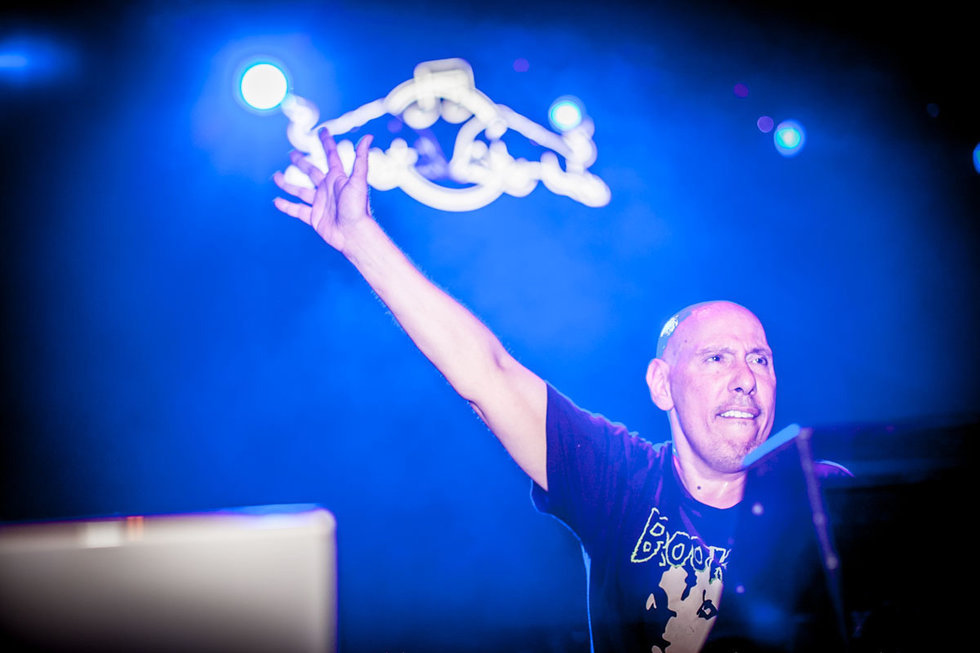Written by:
Share article:
New York
We recently caught Nicky Siano for a short interview, right before his DJ gig at the Absolut - Andy Warhol party in Bucharest.
Dragoș: Hello! First of all, welcome to Romania!
Nicky Siano: Thank you!
D: We’re really looking forward to your gig tonight. I’m very curious about what we are going to hear tonight.
Nicky: Classics. I have a lot of new music, but, I don’t know…nothing stands up to song structures, music quality, arrangements, orchestrations and performance. Nothing stands up now to then. These singers sing to tracks that roll mechanical, there’s no musicians, no orchestrations, no excitement. Because in the 70s, the band came together in a room and interacted; there was a kind of energy that was shared between the musicians. Records of today are not exciting, they’re just plateau.
D: How is New York these days?
Nicky: As far as what?
D: As far as music, as far as people, as far as going out and the options you actually have…
Nicky: Not a lot of good options; but there are a lot of good people and a lot of people who want something, so I think something is going to happen in New York again. It’s happening in Manhattan, in Brooklyn, in Queens.
D: Inevitably, I’ll go into the past for a while. How was New York back then, when you started playing music?
Nicky: First of all, New York was very dangerous back then.
D: I’ve read some stuff about the crisis from the 70s in New York.
Nicky: Right. It was dangerous. When you walked on the street, you could turn a corner and going into a different neighborhood and it was not good. There were not a lot of safe neighborhoods. Most of them were dangerous.
D: What was happening at that time music wise?
Nicky: I just watched a documentary called Mr. Dynamite – The rise of James Brown on HBO, and it really shows how James Brown established the whole funk that came in the early ‘70s. He started to do things like no one has ever done; he would record a riff, a 4 bar riff, and just rap over it or improvise over it, and he made that into songs. He just changed the whole style of R&B into funk. And then that gave birth to the early 70s dance music and club songs; I think James Brown was at the core of everything.


